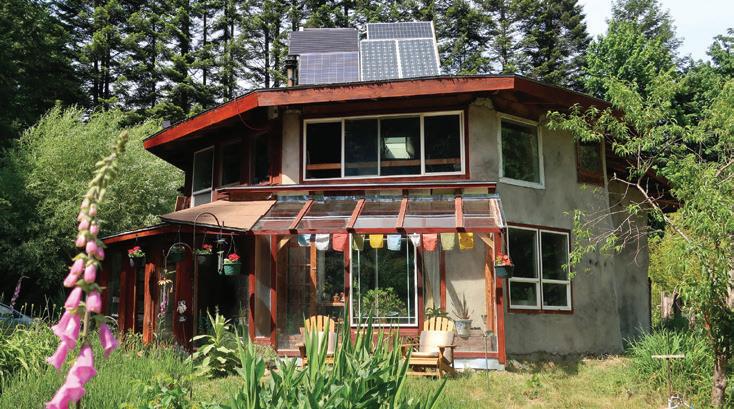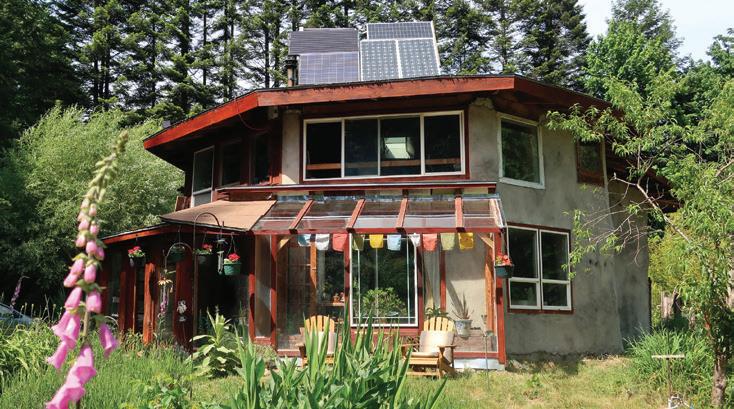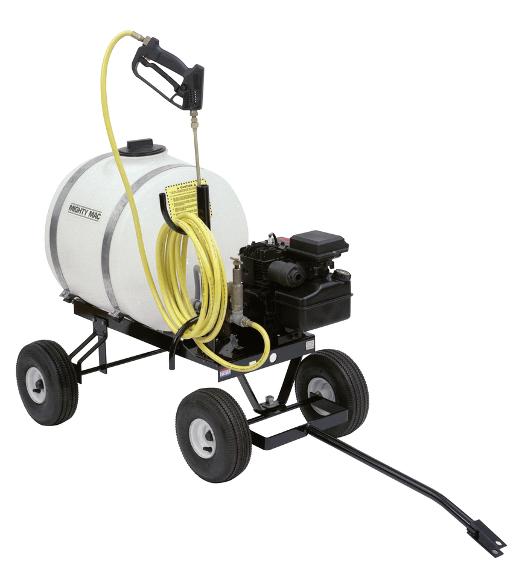
Digging In: Building Your Own Practical and Beautiful Root Cellar
Are you ready to take your homesteading game to the next level? One of the cornerstones of self-sufficiency is food preservation, and there's no method quite as time-tested and reliable as a root cellar. Forget relying solely on canning or freezing – a well-designed root cellar provides a naturally cool and humid environment, perfect for storing fruits, vegetables, and even some canned goods, extending your harvest well into the winter months. This isn't just about storing food; it's about connecting with the past and reclaiming a vital piece of our food heritage. So, grab your tools, roll up your sleeves, and let's dig in! This detailed guide will walk you through the process of constructing a practical and aesthetically pleasing root cellar on your homestead.

1. Site Selection and Preparation: Location, Location, Location!
Choosing the right location is paramount. Think about these key factors:
- Soil Drainage: This is critical. You need a site with well-draining soil to prevent water from pooling around your root cellar and causing structural damage or spoilage. Avoid low-lying areas or spots where water tends to accumulate. A percolation test can help determine your soil's drainage capabilities.
- Proximity to the House: While you want your root cellar to be easily accessible, consider the impact on your landscape. Balance convenience with aesthetics. Closer proximity also means easier access to electricity for lighting or a small dehumidifier if needed.
- Local Building Codes: Always check with your local authorities before you start digging. There may be regulations regarding setbacks, permits, and construction standards. Ignoring these could lead to costly fines or even having to dismantle your hard work.
- Sun Exposure: Ideally, choose a spot that receives minimal direct sunlight, especially during the hottest parts of the day. Shade from trees or a north-facing slope can help keep your root cellar cooler.
Once you've selected your site, it's time to prepare. This involves:
- Marking the Area: Use stakes and string to clearly mark the perimeter of your root cellar.
- Excavation: Renting a small excavator can significantly speed up this process, but a shovel and wheelbarrow will also work if you're feeling ambitious (and have the time and back for it!). Excavate to the desired depth, keeping in mind the height of your walls and roof. Remember to slope the sides of the excavation for safety and ease of construction.
- Leveling: Ensure the bottom of the excavation is perfectly level. This is crucial for a stable foundation. Use a laser level or a long spirit level and a measuring stick.

Image Alt Text: Diagram showing site preparation. Excavation depth and width labeled. Leveling tools and processes shown.
Safety First: Always wear appropriate safety gear, including eye protection, gloves, and sturdy boots, during excavation. Be aware of underground utilities and call before you dig!
2. Foundation Construction: A Solid Base
A strong foundation is essential for the longevity of your root cellar. We'll be pouring a reinforced concrete foundation.
- Formwork: Build wooden forms using 2x8 or 2x10 lumber to create the perimeter of your foundation. Ensure the forms are square and level, and securely braced to prevent them from shifting during the pour.
- Reinforcement: Place reinforcing bars (rebar) in a grid pattern within the forms. A 12-inch grid is generally sufficient. Use rebar chairs to elevate the rebar off the ground, ensuring it's properly embedded in the concrete. Overlap the rebar by at least 6 inches at each intersection and tie them together with wire.
- Concrete Pour: Mix concrete according to the manufacturer's instructions. A mix ratio of 1 part cement, 2 parts sand, and 4 parts gravel is a good starting point. You can either mix the concrete yourself or order a ready-mix delivery. Pour the concrete into the forms, ensuring it fills all the voids around the rebar. Use a concrete vibrator to remove air pockets and consolidate the concrete.
- Finishing: Use a concrete float to smooth the surface of the foundation. Once the concrete has partially hardened, use a trowel to create a smooth, even finish.
- Curing: Cover the foundation with plastic sheeting or burlap and keep it moist for at least 7 days. This allows the concrete to cure properly, increasing its strength and durability.

Image Alt Text: Shows a diagram illustrating the rebar setup within concrete foundation forms.
Tip: Consider adding a footing drain around the perimeter of the foundation to further improve drainage. This consists of a perforated pipe buried in gravel, which directs water away from the foundation.
3. Wall Construction: Building the Bones
There are several options for wall construction, each with its own advantages and disadvantages:
- Concrete Blocks (CMU): Durable and relatively inexpensive, CMUs are a popular choice. However, they require proper waterproofing and insulation.
- Poured Concrete: Offers superior strength and waterproofing, but is more labor-intensive and requires specialized equipment.
- Treated Lumber: Can be a good option if you're looking for a more natural and aesthetically pleasing look. However, it's crucial to use lumber that is specifically treated for ground contact and to properly waterproof and insulate the walls.
For this guide, we'll focus on concrete block construction:
- Laying the Blocks: Start by laying the first course of blocks on a bed of mortar. Use a level to ensure the blocks are perfectly level and plumb. Stagger the joints between courses for added strength.
- Mortaring: Use a consistent mortar mix and apply it evenly between the blocks. Remove any excess mortar as you go.
- Reinforcement: Fill the cores of the blocks with concrete and insert vertical rebar to further reinforce the walls.
- Waterproofing: Apply a waterproofing membrane to the exterior of the walls. This could be a liquid-applied membrane or a peel-and-stick membrane. Extend the waterproofing membrane several inches above the finished grade to prevent water from wicking into the walls.
- Insulation: Insulate the exterior of the walls with rigid foam insulation. This will help to maintain a consistent temperature inside the root cellar. Cover the insulation with a protective layer of drainage mat to prevent damage from backfilling.

Image Alt Text: Diagram showing a wall section highlighting waterproofing membrane, insulation board, and drainage mat to protect the structure from moisture.
Important: Ensure proper ventilation behind the insulation to prevent moisture buildup.
4. Roof Construction and Ventilation: Keeping it Cool and Dry
The roof is crucial for protecting your root cellar from the elements and maintaining a stable temperature.
- Framing: Build the roof frame using pressure-treated lumber. The design will depend on the size and shape of your root cellar. A simple shed roof or a more complex gable roof are both viable options. Ensure the roof is properly sloped to allow for water runoff.
- Sheathing: Cover the roof frame with plywood sheathing.
- Waterproofing: Apply a waterproof membrane to the sheathing.
- Insulation: Insulate the roof with rigid foam insulation or fiberglass batts.
- Covering: Cover the insulation with soil and vegetation to create a natural, earth-sheltered roof. This will provide excellent insulation and help to regulate the temperature inside the root cellar.
Ventilation: Proper ventilation is essential to prevent moisture buildup and maintain a cool, stable temperature. Install two ventilation pipes: one near the floor and one near the ceiling. This will create a natural convection current, drawing cool air in through the lower vent and expelling warm, moist air through the upper vent. The vents should be screened to prevent pests from entering. You can also add a small solar-powered fan to the upper vent to increase airflow.
5. Interior Finishing and Shelving: Creating Your Storage Oasis
- Interior Walls: If you used concrete blocks, you can leave them exposed or cover them with a layer of parging (a thin coat of mortar). You can also install wooden paneling for a more finished look.
- Flooring: A gravel floor provides good drainage and is a natural choice for a root cellar. You can also install a concrete floor or a wooden floor if you prefer.
- Shelving: Build sturdy shelving units using lumber. Use untreated lumber to avoid contaminating your food. Adjustable shelves are a great option for accommodating different sizes of produce. Leave plenty of space between shelves to allow for good air circulation.
Storage Solutions: Consider using wooden crates, baskets, and wire mesh containers for storing your produce. Label everything clearly so you know what you have on hand.
6. Testing and Maintenance: Keeping Things Running Smoothly
- Temperature Monitoring: Use a thermometer to monitor the temperature inside the root cellar. The ideal temperature is between 32°F and 40°F.
- Humidity Monitoring: Use a hygrometer to monitor the humidity level. The ideal humidity level is between 85% and 95%.
- Ventilation Adjustment: Adjust the ventilation openings as needed to maintain the desired temperature and humidity levels.
- Regular Inspection: Inspect the root cellar regularly for signs of moisture buildup, pests, or spoilage. Remove any spoiled produce immediately.
- Pest Control: Implement a pest control strategy to prevent rodents and insects from entering the root cellar. This could include setting traps or using natural repellents.
Long-Term Maintenance: Periodically inspect the waterproofing membrane and repair any damage. Clean the ventilation pipes to ensure proper airflow. Replenish the soil and vegetation on the roof as needed.
Cost Summary:
While costs vary based on location, materials chosen, and the amount of DIY labor, here's a rough estimate:
- Materials (concrete, lumber, insulation, waterproofing, etc.): $2,000 - $5,000
- Equipment Rental (excavator, concrete mixer): $500 - $1,000
- Permits and Inspections: $100 - $500
Total Estimated Cost: $2,600 - $6,500
Call to Action:
Building a root cellar is a rewarding project that will enhance your self-sufficiency and provide you with fresh, locally-sourced produce throughout the year. We hope this guide has inspired you to take on this challenge. Now, we want to hear from you! Have you built a root cellar? What tips and tricks do you have to share? Ask questions and share your experiences in the comments section below! Let's build a community of homesteaders dedicated to preserving our food heritage.